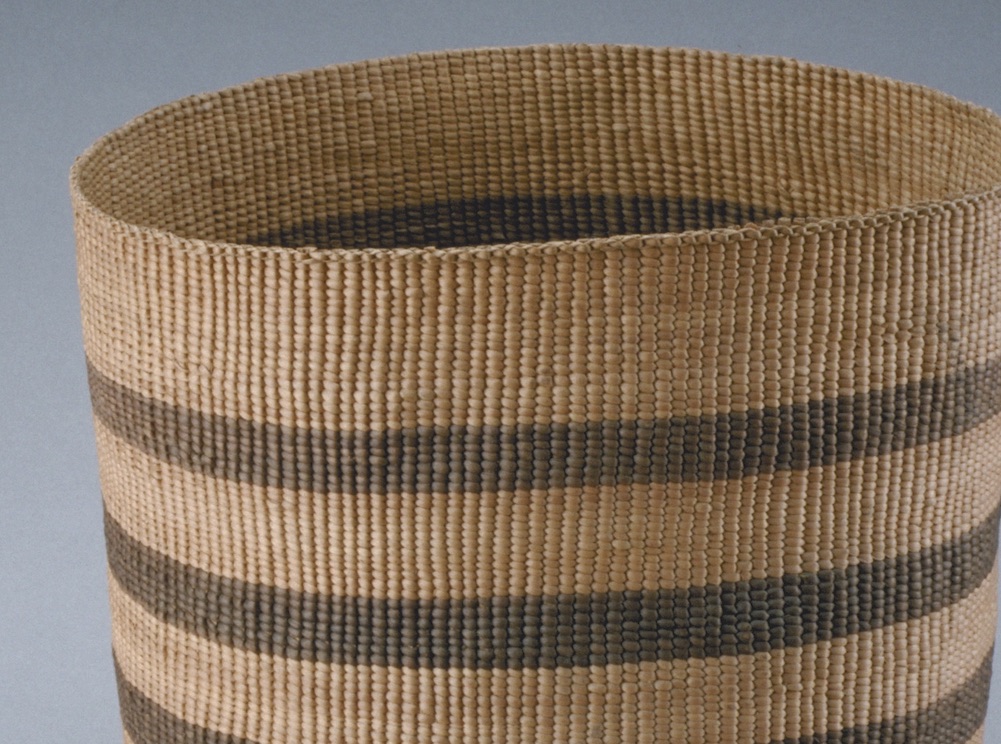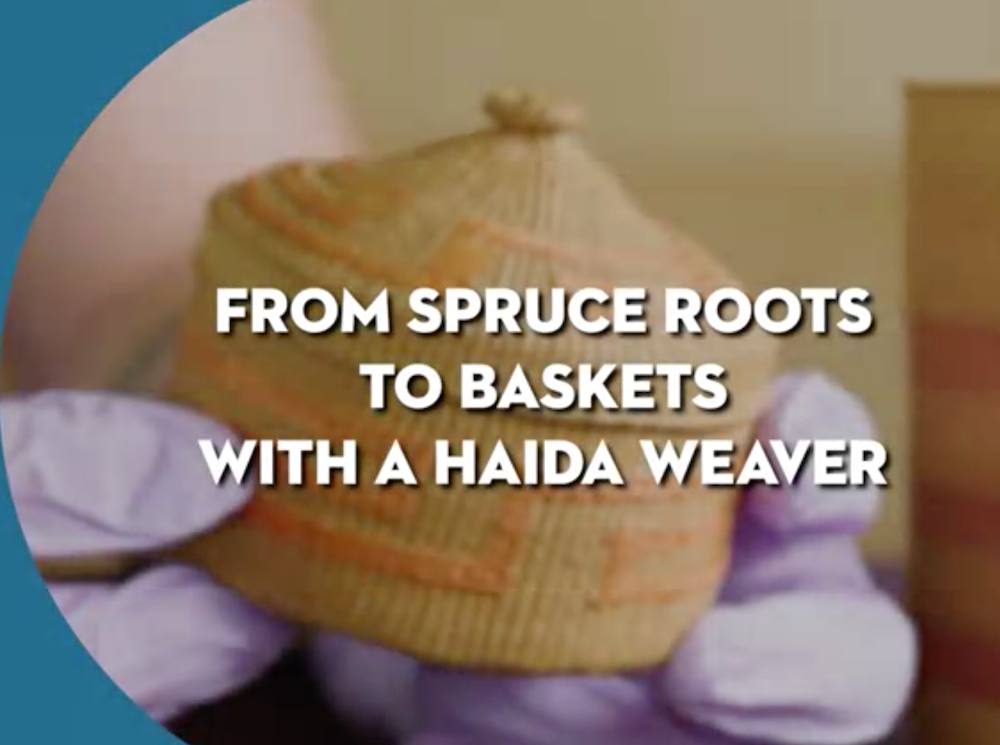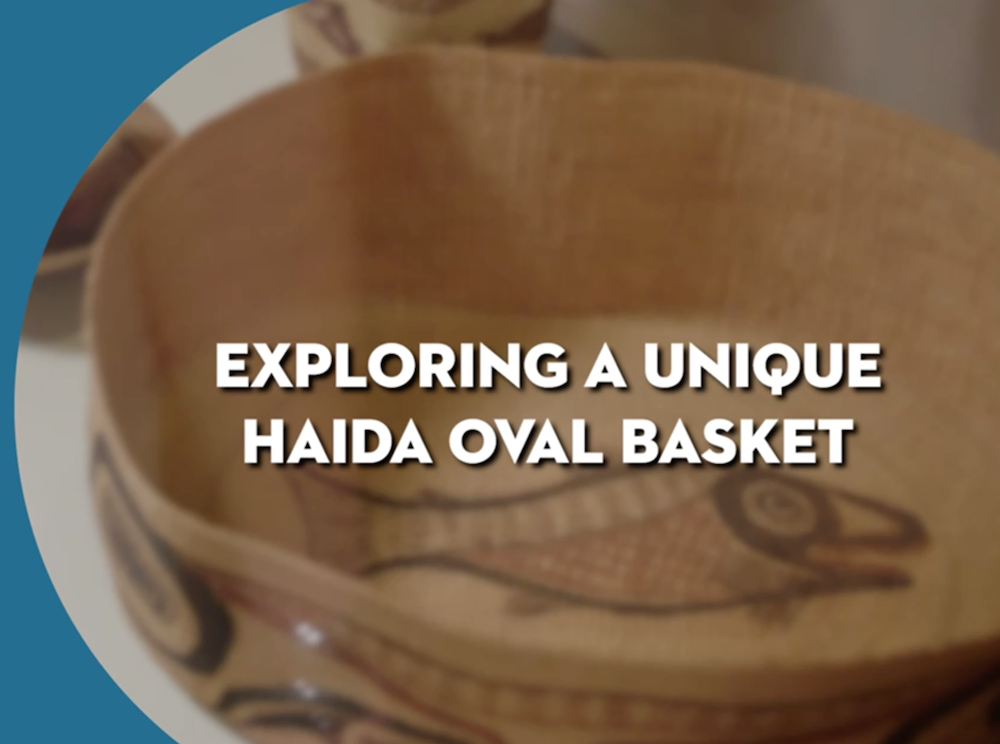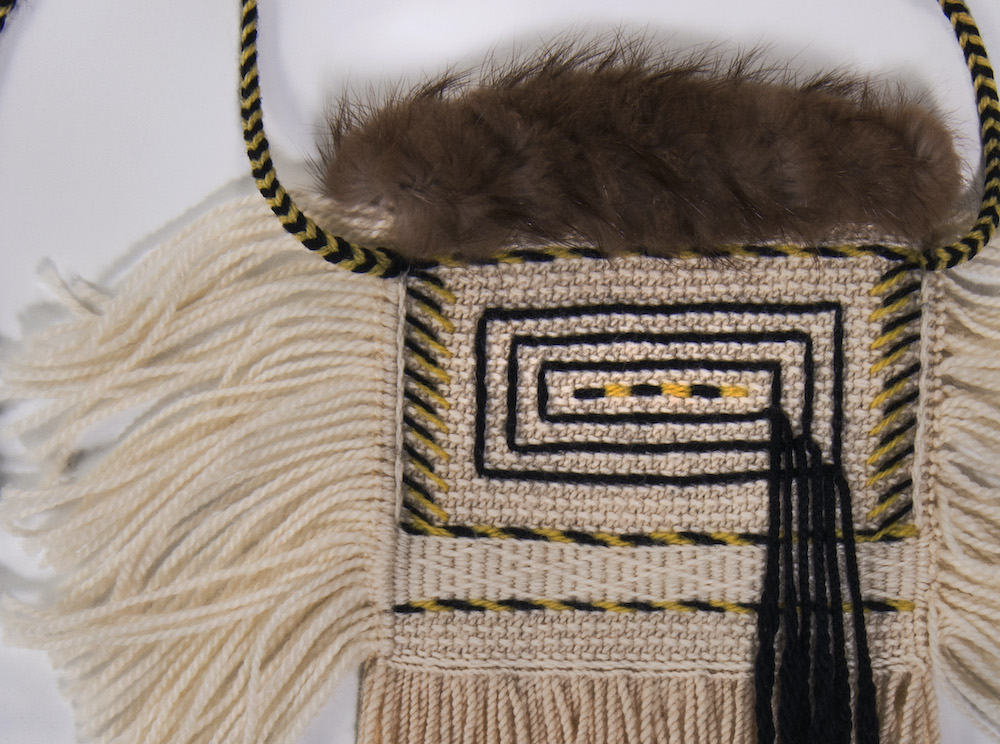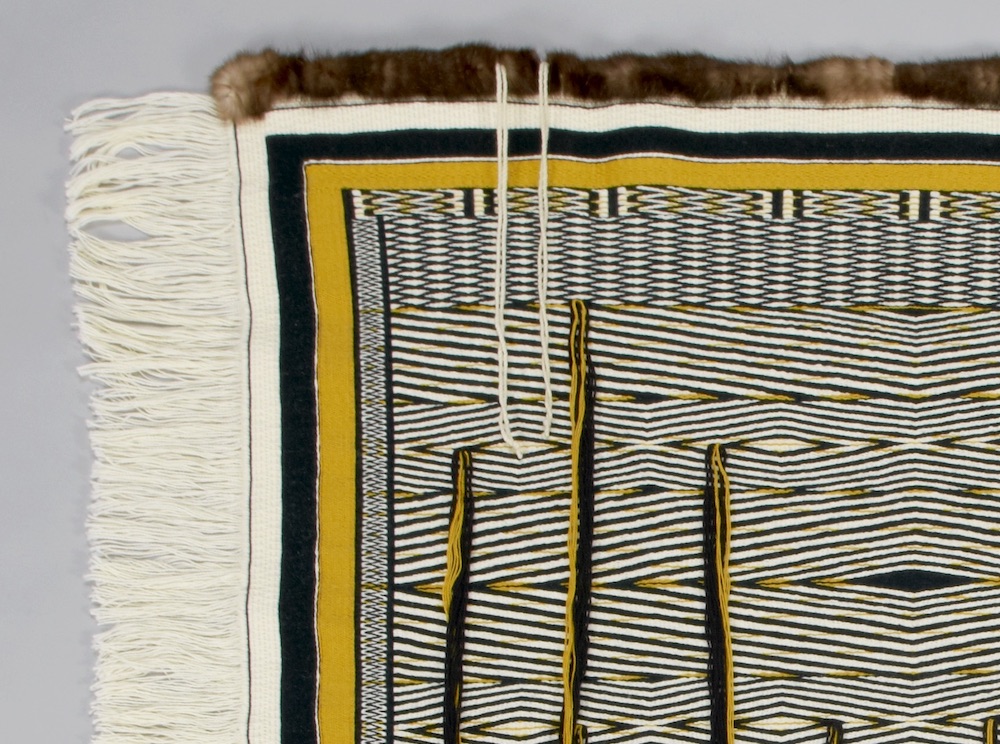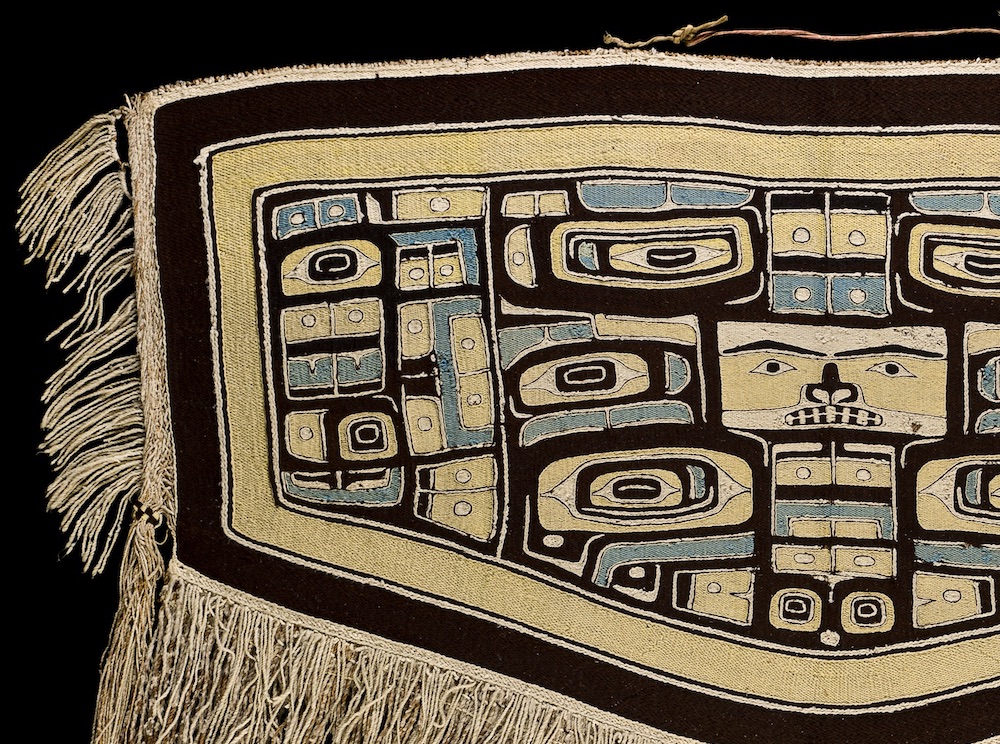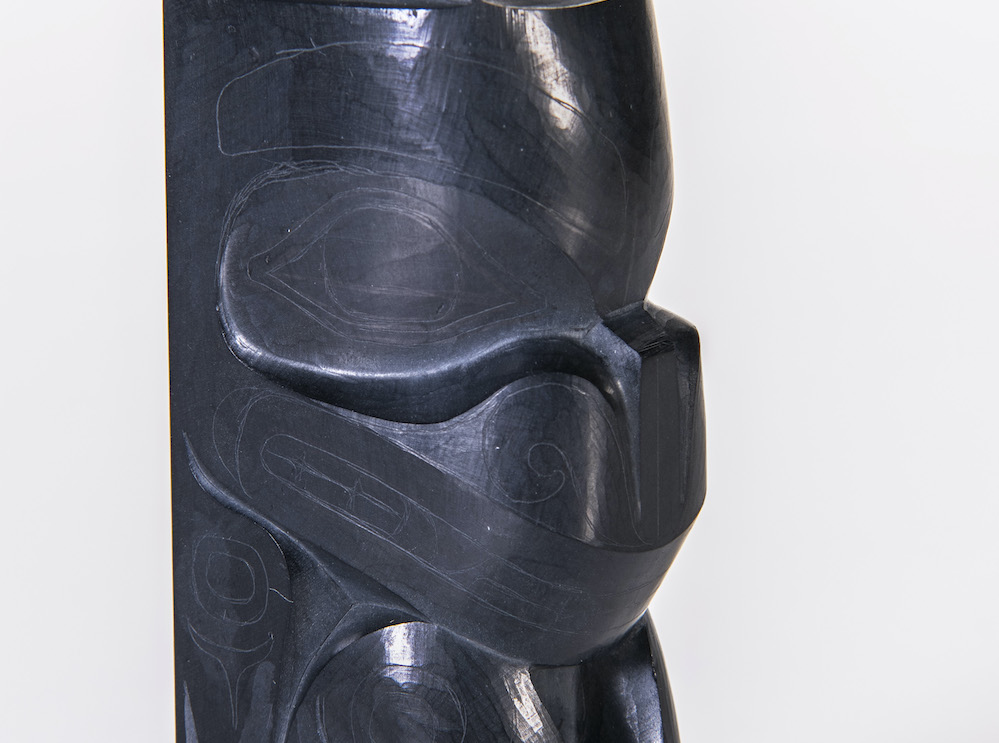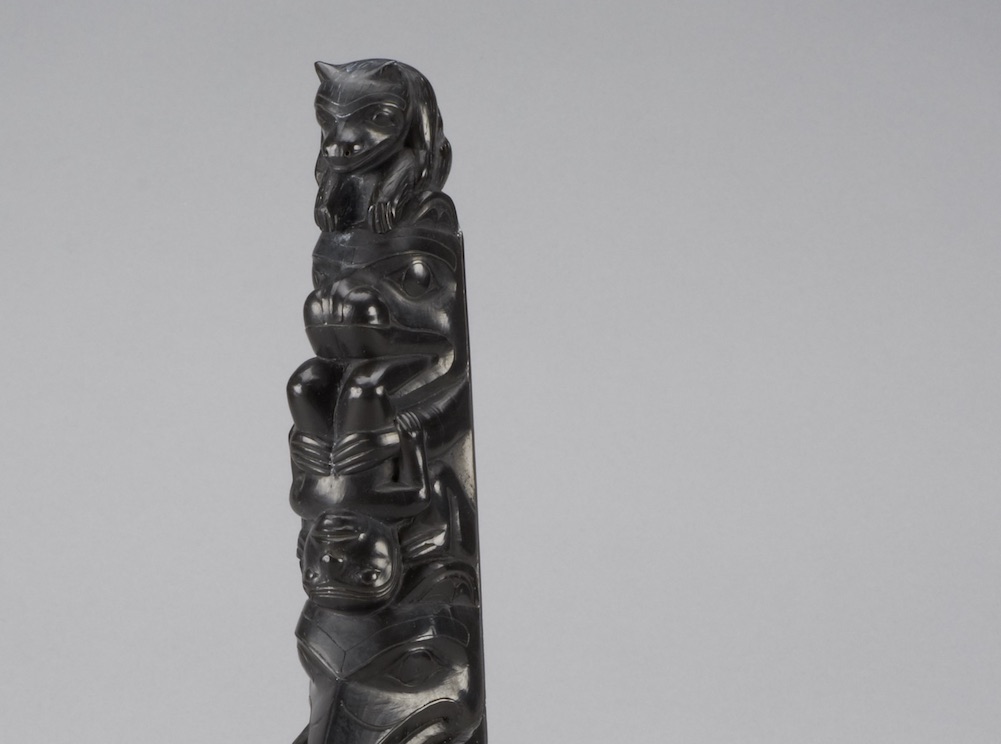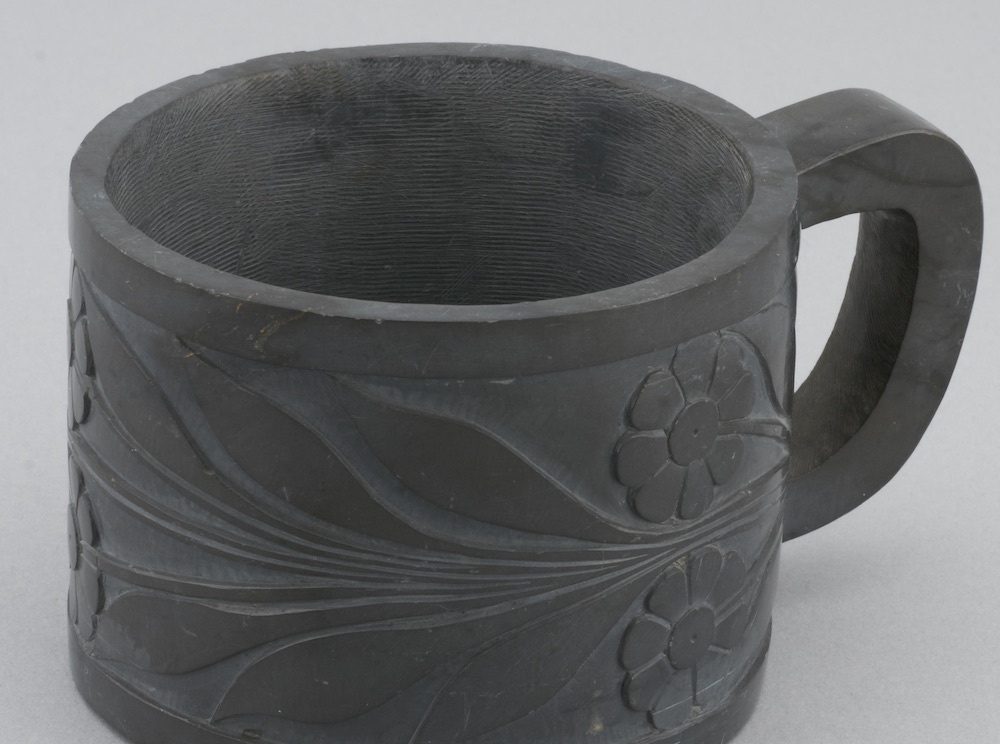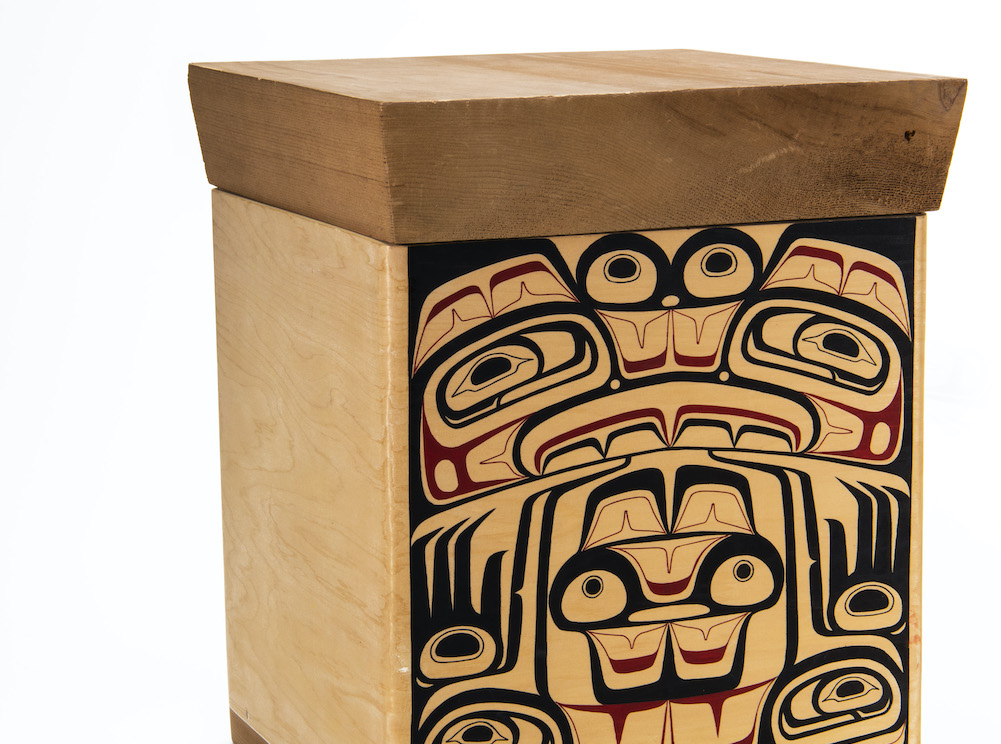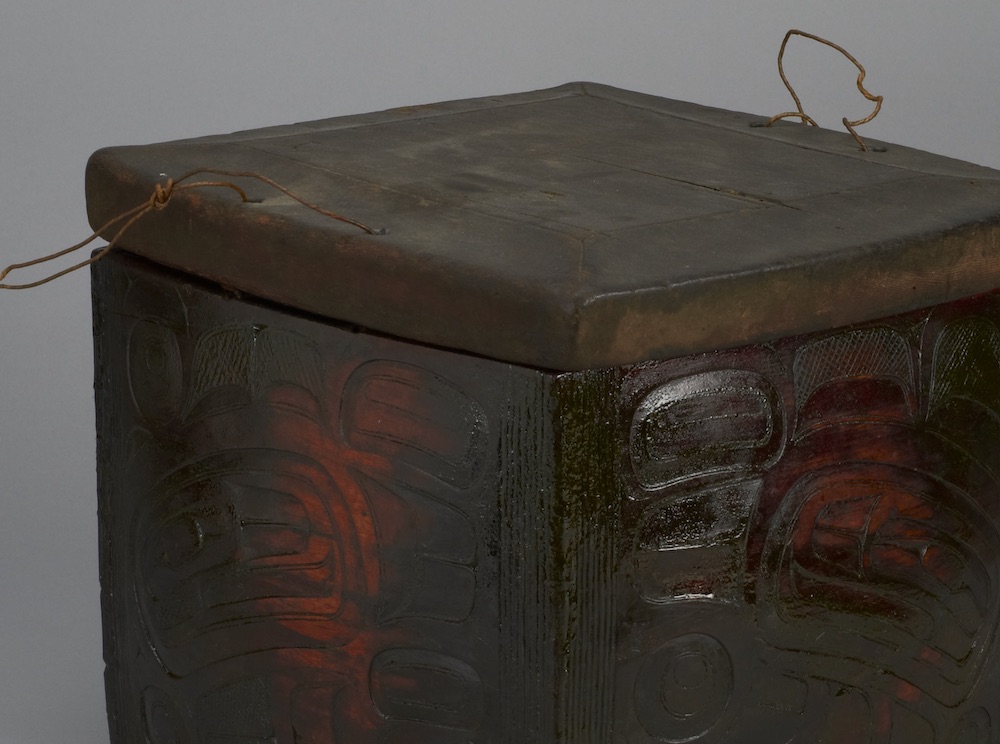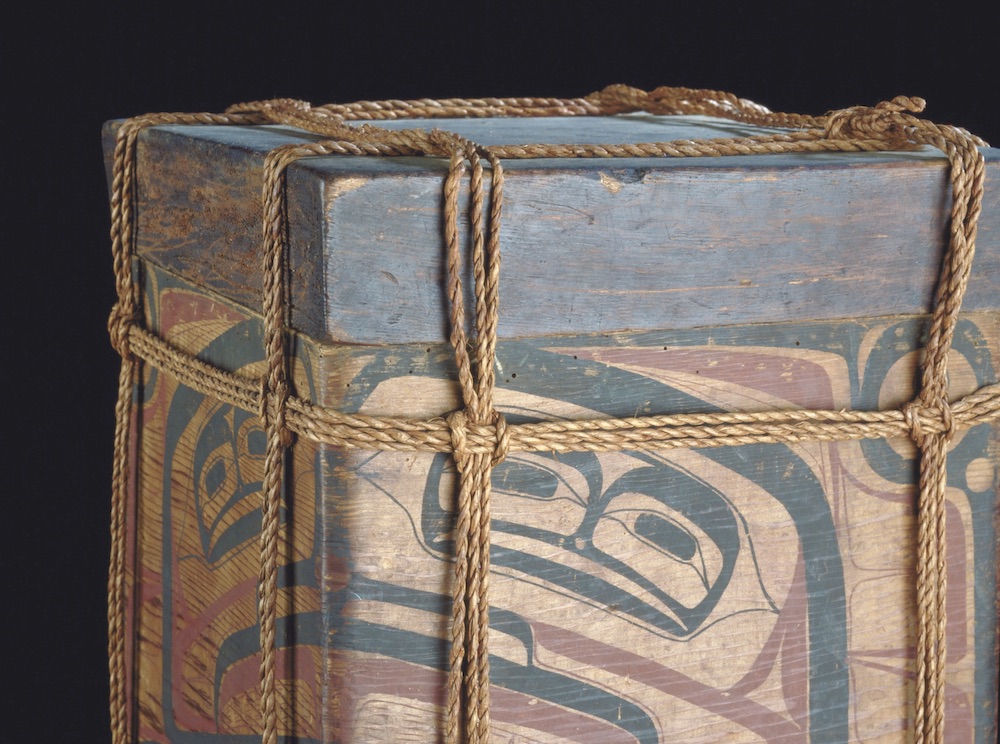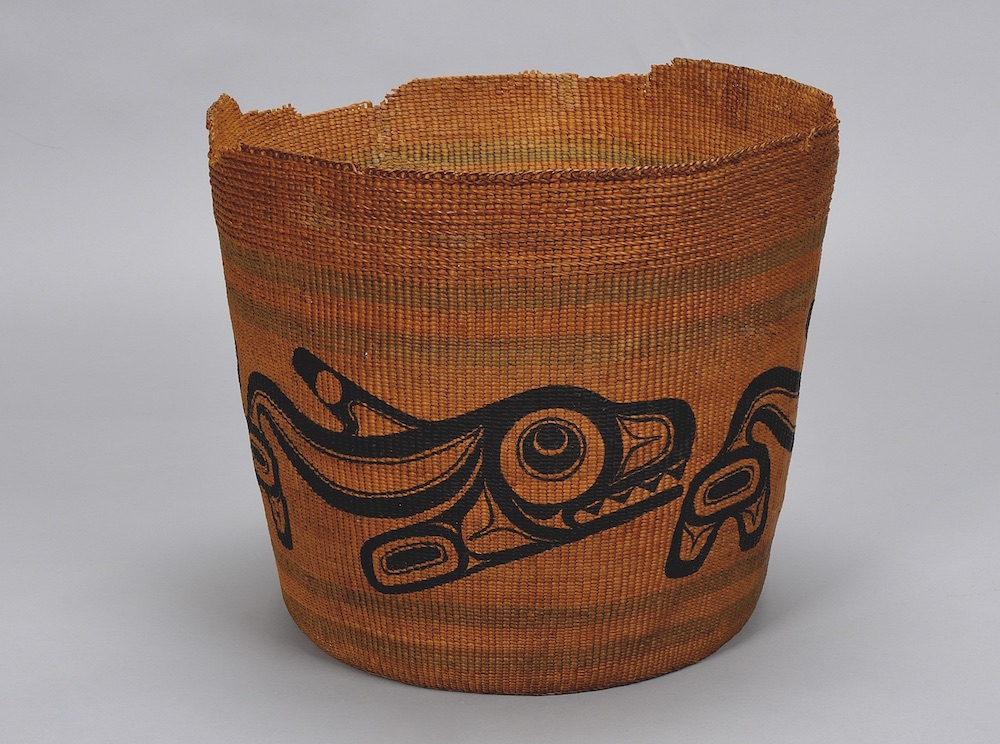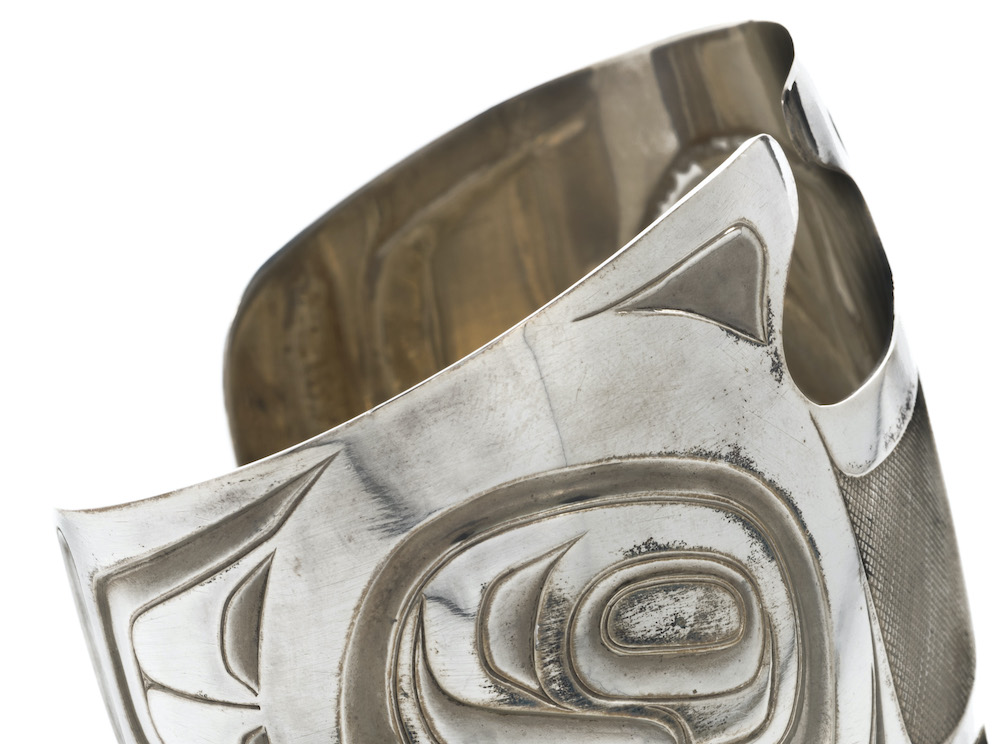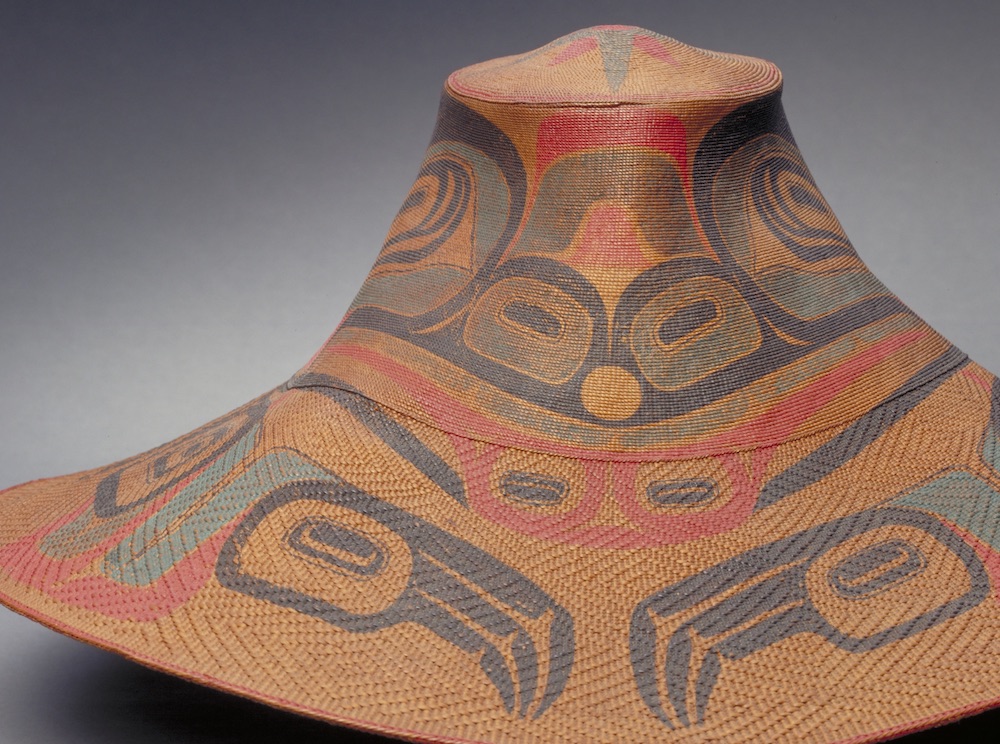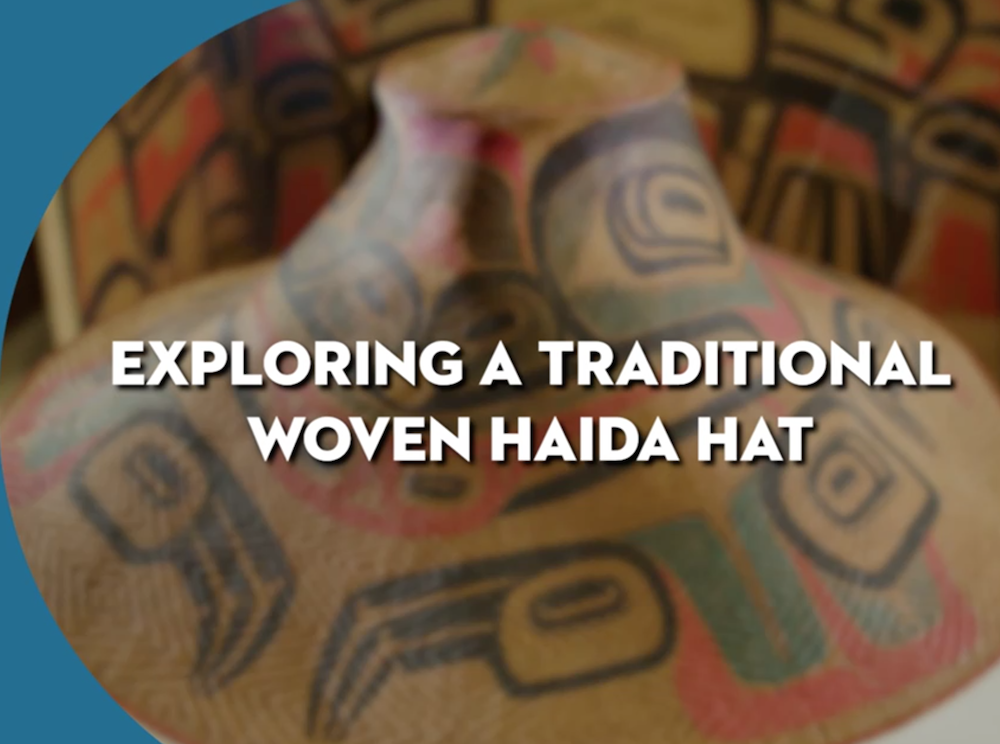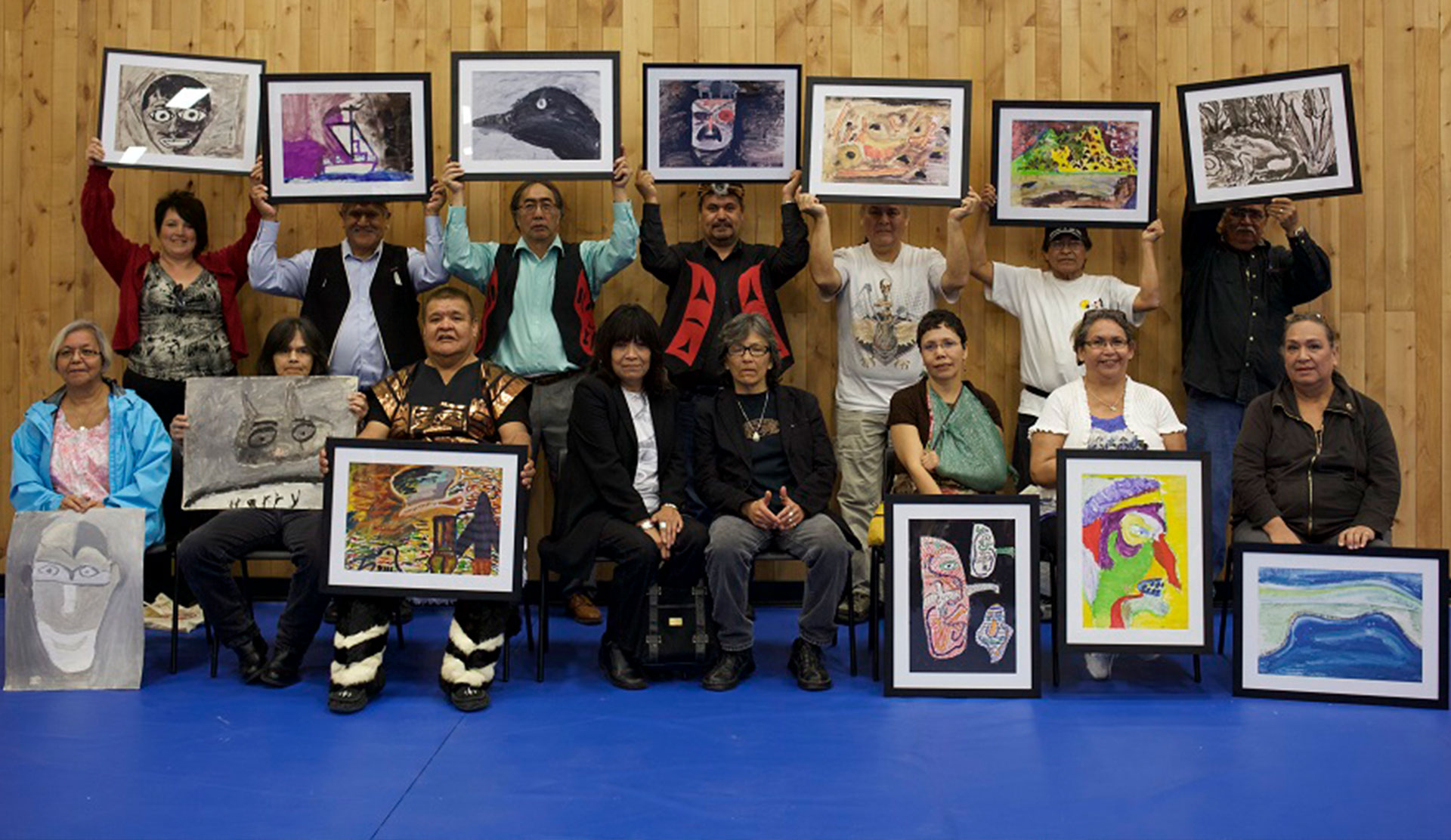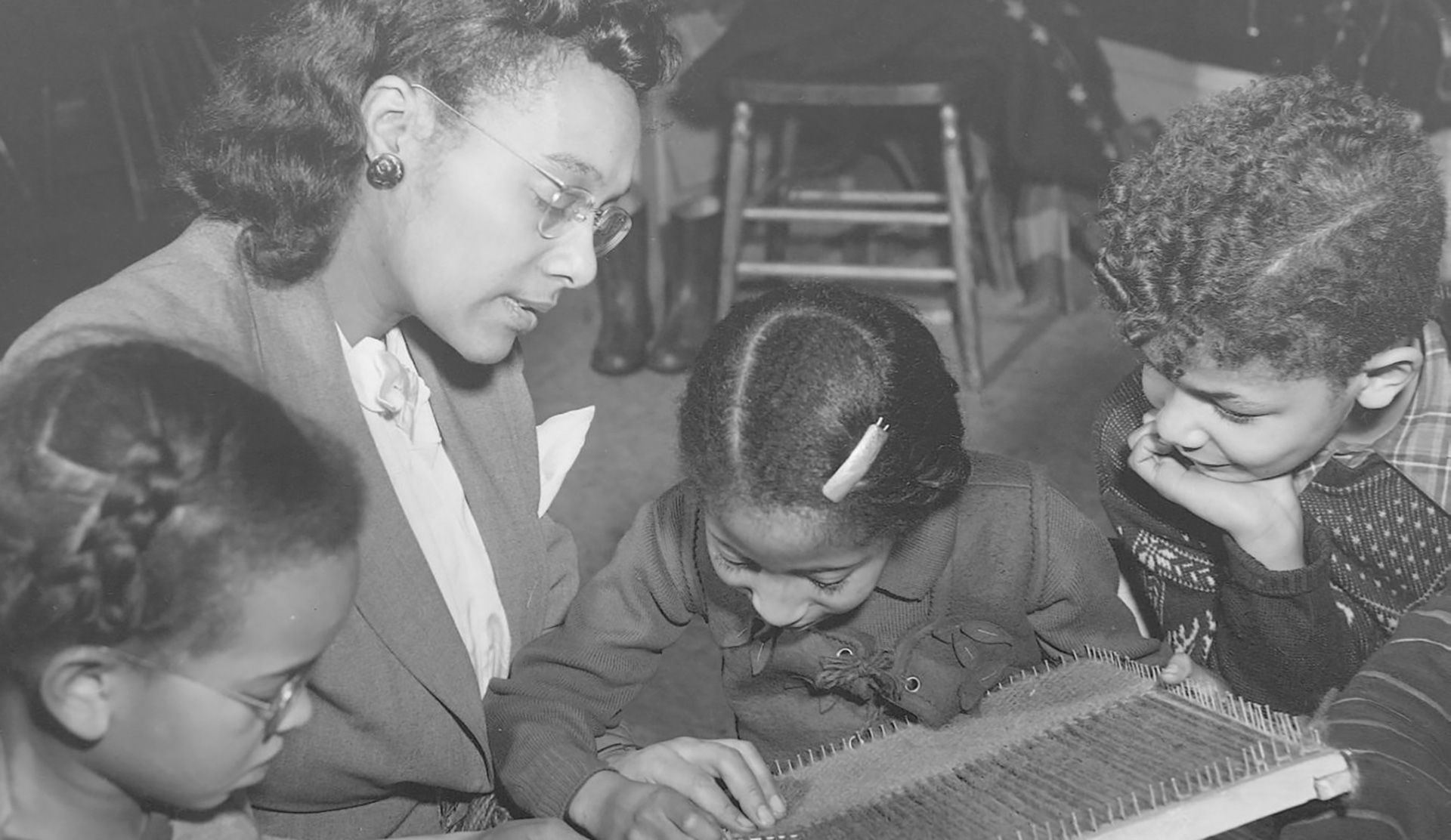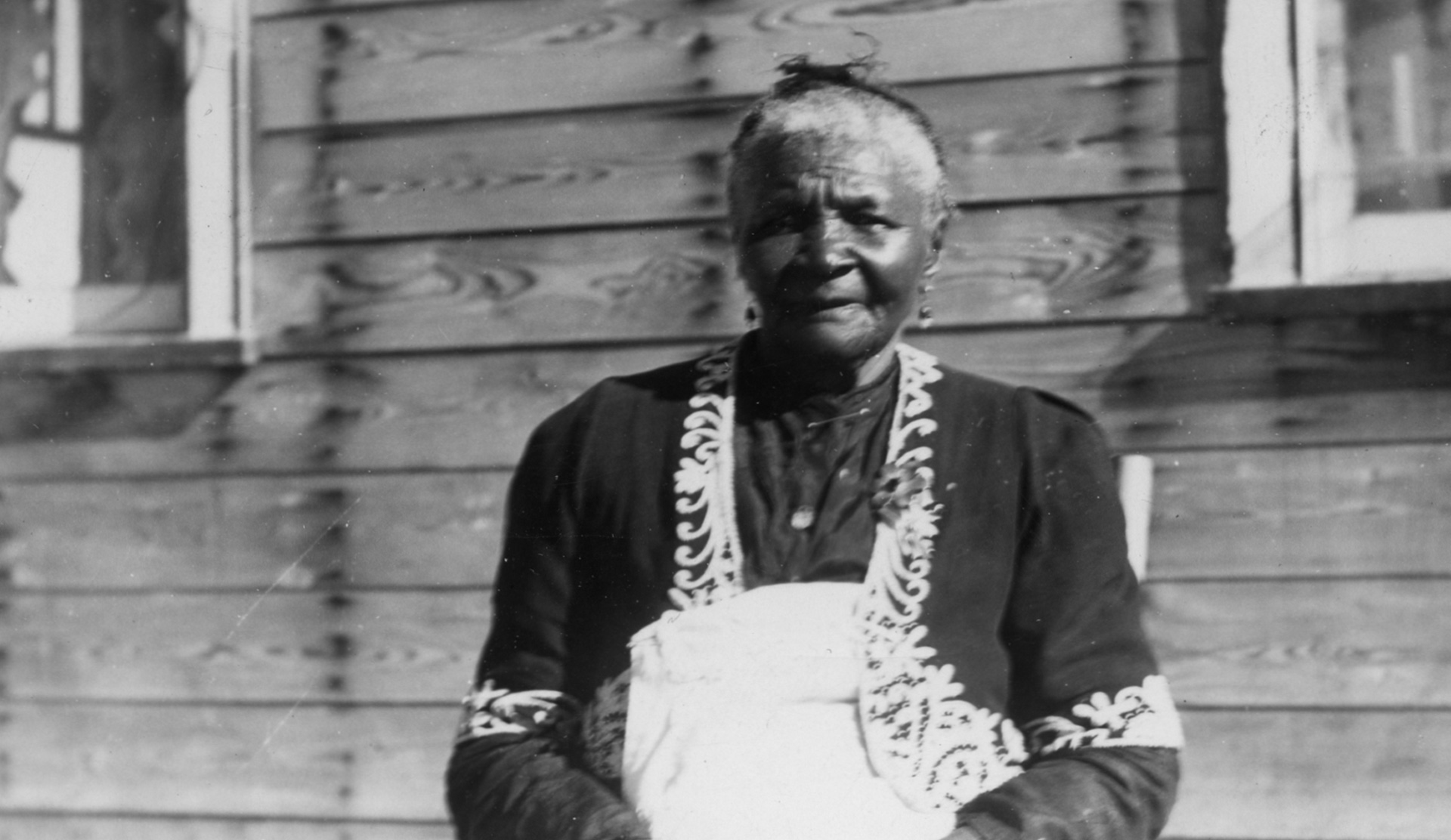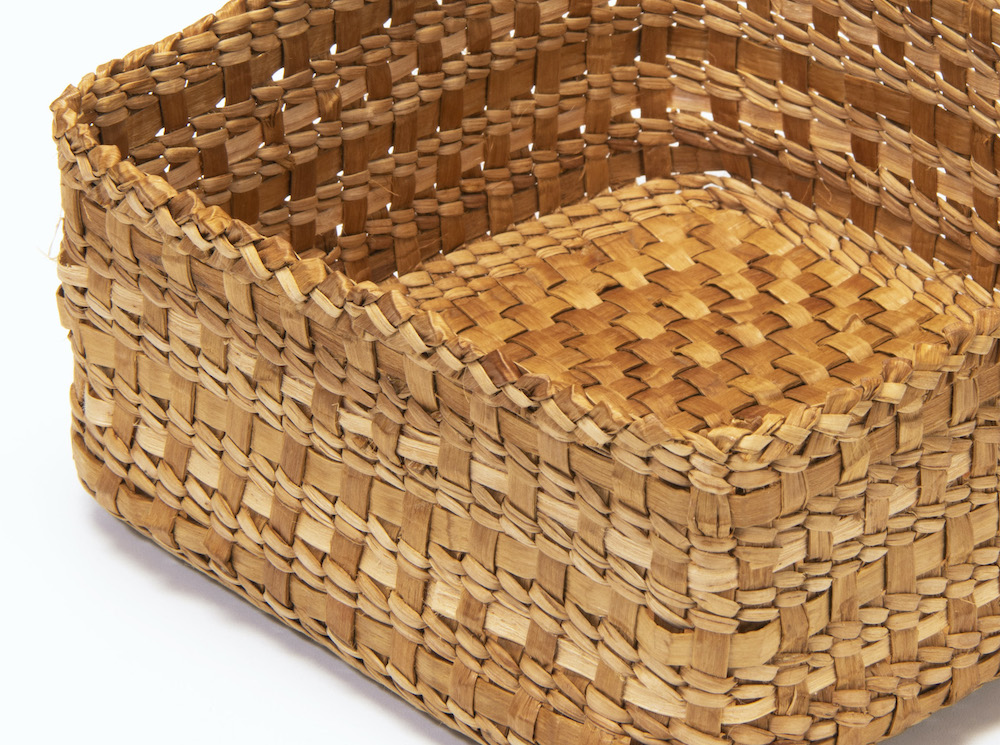
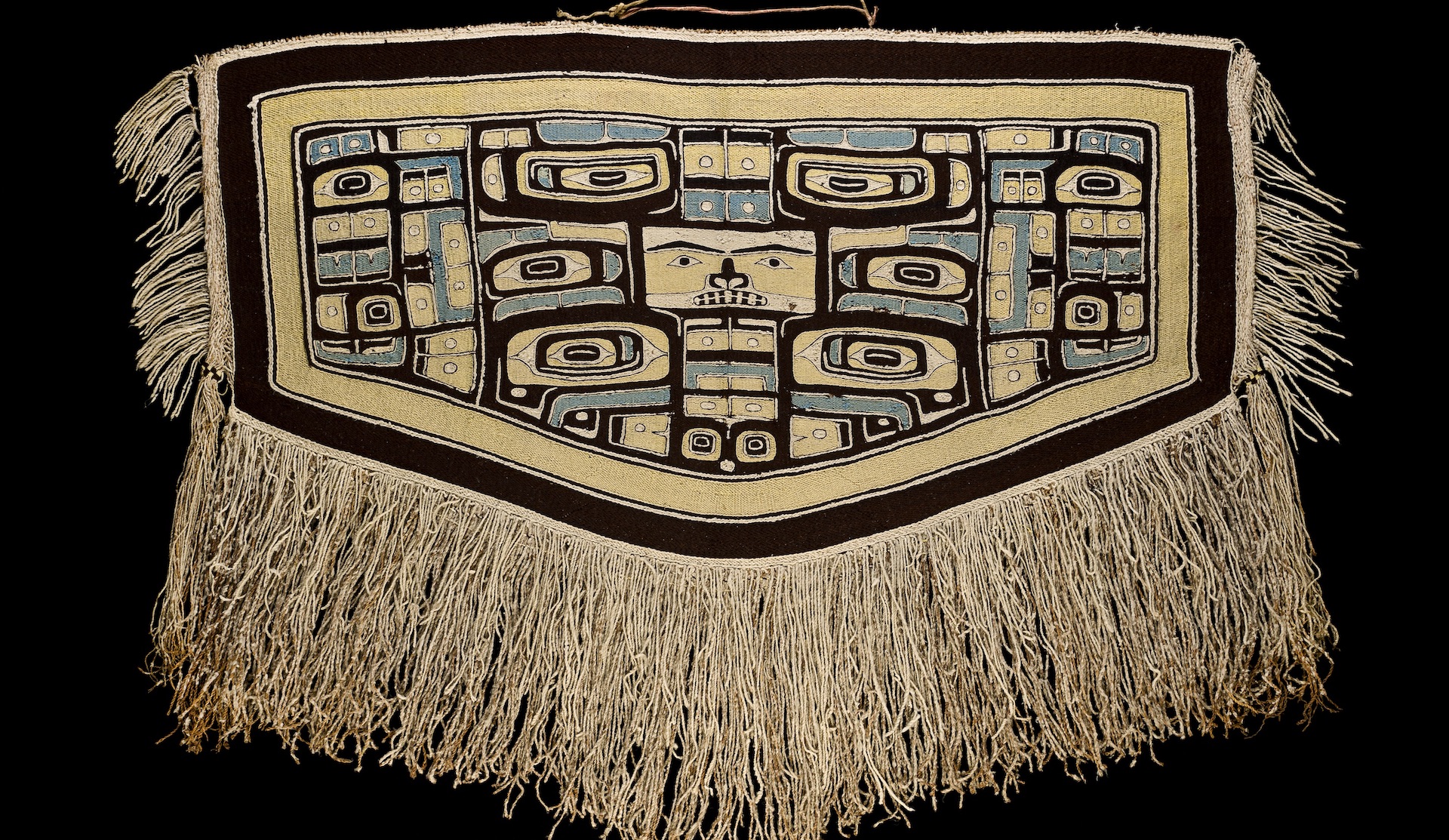
Haida Arts and Technologies
Haida Arts and Technologies
Arts and technologies of the Haida are intertwined and deeply connected to the oral traditions and resources of Haida Gwaii. For millennia, Haida artists and makers have created works that are both useful and beautiful, sourcing materials locally and through trade with neighbouring nations. This package explores examples of Haida cultural expression and technologies, including bentwood boxes, weavings, and carvings in argillite and silver, in order to showcase the continued innovation of Haida artists and the standard of excellence to which Haida artists hold their work.
In this package, you will encounter many Haida words and terms for important objects, techniques and mediums. There are currently three Haida dialects: X̱aad Kil (Old Massett), X̱aayda Kil (Skidegate) and X̱aad Kil (Alaska). This document contains Xaad Kil from Northern Haida Gwaii (Old Massett) and Xaayda Kil from Southern Haida Gwaii (Skidegate). We have used the appropriate dialect based on where an object is from. You will find the English equivalent in parentheses. This inclusion is to show yahgudang/yahguudang (respect) to the Haida language and dialects. It is important to note that there is no word for “art” in the Haida language. The idea of “art for art’s sake” is a European concept. What is known as Haida art is intertwined with technology and language. In learning about art, we come to gain understanding about culture and language as well. To learn more, consult these glossaries: Xaad Kil Glossary and Xaayda Kil Glossary.
Drawing on Haida works housed at the Canadian Museum of History, this package focuses on design elements and innovative techniques used by Haida carvers, painters and weavers. For instance, we will learn to recognize and appreciate the “formline,” the swelling and tapering bands that are seen in 2-D and some 3-D art, and one of the most characteristic features of northern Northwest Coast art.
Trade networks have long connected Indigenous communities on the Northwest Coast of Canada, facilitating the exchange of artistic ideas, techniques and materials. While the works that we see in this package are attributed to Haida artists, they share similarities in style and function with the arts and material cultures of Indigenous communities along the Northwest Coast. Trade and exchange remain key to the development and innovation of artistic traditions on the coast, as elsewhere.
From the time of first contact with Europeans in the late 18th century, Haida artwork was sought-after by newcomers in trade, and reconceived as souvenirs, through the 19th and 20th centuries. Depending on the purpose of the collector — personal or professional — names of Indigenous makers weren’t always recorded. From the Haida perspective, much of this “collecting” was done under duress, within communities devastated by colonial policy and practises. Some collectors placed greater importance on the types of objects collected than on the artists who made them; unfortunately, this Eurocentric approach oftentimes disconnected objects from the identities of their makers. Current collecting policies recognize the importance of identifying each expert artisan, and the purpose of the object.
While exchanges between the Haida and Europeans introduced Haida artwork to the world, they also resulted in the removal of familial and cultural belongings from Haida households and communities. As these items each represent a complex and layered composition of culture, social function, law and governance, their meaning and context for use were often distorted through the colonial lens. This practise of removal of cultural items, alongside colonial policies that facilitated the removal of language and children from families and communities is all closely connected and has had a deeply damaging impact on Haida society.
Today, the Haida are working to have cultural material returned to them from museums around the world to show yahgudang/yahguudang (respect) to their kuníisíi/kuunasii (ancestors), who had created these items with the intention of passing down laws, protocols and language to their descendants. Teachings from their kuníisíi/kuunasii (ancestors) were included in every step of the process: from gathering of cultural material on the land, to the teaching techniques and protocols that are intertwined with the making of Haida culturally significant items. Despite the impact of on-going colonialism on Haida Gwaii, the Haida continue to transmit language, knowledge and skills to their descendants. Ancestral arts and technologies such as carving and weaving continue to be practiced and adapted today. These skills are passed down from generation to generation, and from master artist to apprentice. The rich cultural practises that tie them to their lands, including the artistic expressions of the Haida Nation, endure today and are recognized internationally.
The Canadian Museum of History extends our thanks to Haida weaver Ariane Xay Kuyaas, who was instrumental in the development of this package, and helped choose the objects to feature. We thank Gid yahk’ii (Sean Young), Collections Manager and Archaeologist at the Haida Gwaii Museum at Kay Llnagaay, who helped review this package and add X̱aayda Kil (Haida language, Skidegate dialect). We also thank Jaskwaan Bedard, Team Lead at the Xaad Kil Nee (the Haida Language Office), for reviewing this package, adding Xaad Kil (Haida Language, Old Masset dialect) and articulating Haida laws and protocols. We are grateful to them, and for the opportunity to showcase a small portion of Haida art and technologies.
 Activities
Activities
Topics
Cedar-Bark and Spruce-Root Weaving
Weaving cedar bark and spruce roots is an important technology and an essential art form in Haida culture.
Argillite Carving
Argillite carving is a unique Haida art form. Carvings can depict oral histories, crests, figures and contemporary events.
Bentwood Boxes
The creation of bentwood boxes is a technology unique to the Northwest Coast. The boxes are made from a single piece of wood and are used for a variety of purposes.
 website
website
